World Bank Projects a Rebound in Nepal’s Economic Growth, expected to 3.9 % in FY 24
- BFIS News
- 2023 Oct 03 13:19
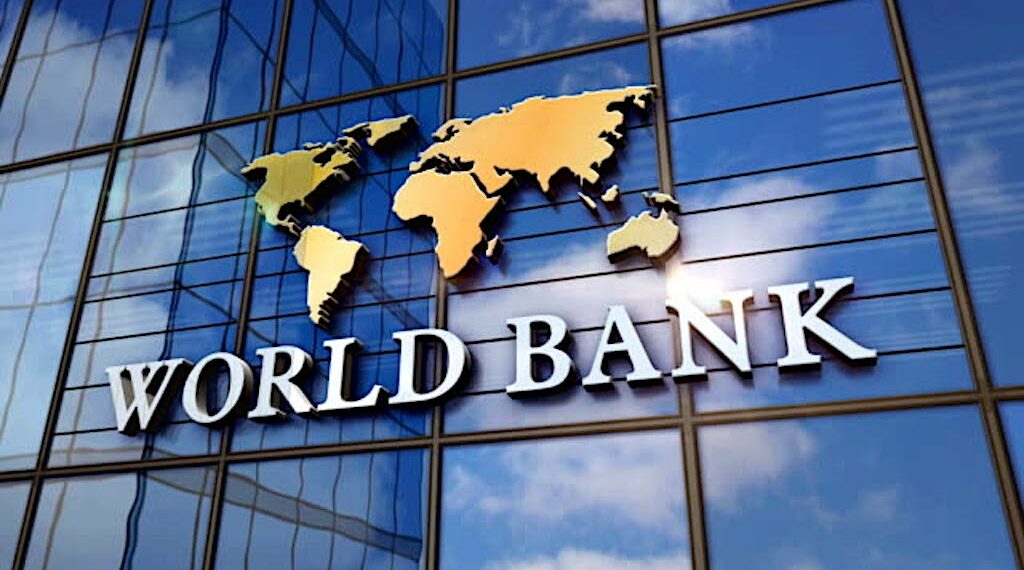
KATHMANDU. Nepal’s economy is expected to rebound to 3.9% in FY24 owing to a lagged impact of the lifting of import restrictions, strong rebound in tourism, and the gradual loosening of monetary policy, according to the World Bank’s twice-a-year country update.
Released today, the Nepal Development Update, Restoring Export Competitiveness, projects Nepal’s economy to grow by 5% in FY25. However, there are multiple risks to the outlook including an erratic monsoon, which could dampen agricultural growth; a renewed spike in commodity prices or continued food export bans by India which would raise prices; and higher inflation which could keep policy rates elevated, increase domestic debt servicing costs, and drag on growth.
The report also explores the drivers of external competitiveness for Nepal. The country’s total exports amounted to 6.9% of GDP in FY23, representing only a third of the exports of other South Asian middle-income countries on average. The analysis finds that the real appreciation of the exchange rate and continued low labor productivity are associated with Nepal’s lower exports. As per the report, Nepal suffers from labor productivity deficit across all three sectors – agriculture, industry, and services – compared to peer countries and its main trading partner, India.
“Amid challenges, Nepal is leading the way towards operationalizing its green, resilient, and inclusive development vision to shape the country’s long-term economic recovery,” said Faris Hadad-Zervos, World Bank Country Director for Maldives, Nepal, and Sri Lanka. “Improved external competitiveness is key to driving this recovery and enabling Nepal to compete in export markets, in terms of both prices and quality. This requires emphasis on reforms to help increase domestic productivity and reduce the inflation differential with Nepal’s trading partners.”
The Nepal Development Update is a companion piece to the latest South Asia Development Update, Toward Faster, Cleaner Growth, also launched today, which projects South Asia to grow by 5.8% this year—higher than any other developing country region in the world, but slower than its pre-pandemic pace and not fast enough to meet its development goals.
Regional growth prospects are subject to downside risks, including due to fragile fiscal positions. Government debt in South Asian countries averaged 86% of GDP in 2022, increasing the risks of defaults, raising borrowing costs, and diverting credit away from the private sector. The region could also be affected by a further slowdown in China’s economic growth and natural disasters made more frequent and intense by climate change.
Constrained by fiscal challenges, governments have limited room to help their economies fully capitalize on the global energy transition. Though often seen as an additional burden for developing countries, for South Asia, the energy transition could present an opportunity for future growth and job creation—if it leads to more investments by firms, cuts air pollution, and reduces the reliance on fuel imports. Even with limited fiscal space, countries can encourage firms to adopt more energy-efficient technologies through market-based regulations, information campaigns, broader access to finance, and reliable power grids.
“South Asia’s energy intensity of output is about twice the global average and the region lags in the adoption of more advanced energy-efficient technologies,” said Franziska Ohnsorge, World Bank Chief Economist for South Asia. “Improvements in energy efficiency, in the context of a rapid global energy transition, are an opportunity for South Asia to make progress toward both environmental and economic goals.”
The energy transition will also have significant impacts on South Asia’s labor markets. Almost one-tenth of the region’s workers are employed in pollution-intensive jobs. These jobs are concentrated among lower-skilled and informal workers who are more vulnerable to labor market shifts. While the energy transition can help create more new jobs, it could also leave some workers stranded in declining industries. The report recommends a wide range of policies to protect such workers, including providing better access to high-quality education and training, finance, and markets; facilitating worker mobility; and strengthening social safety nets.
Contacts:
In Washington: Diana Chung, (202) 867-8079, [email protected]
In Kathmandu: Akash Shrestha, +977 9801057566, [email protected]
Learn More:
South Asia: http://www.worldbank.org/southasiadevelopment
Nepal: https://www.worldbank.org/en/country/nepal
World Bank South Asia on Facebook: http://www.facebook.com/worldbanksouthasia
World Bank South Asia on Twitter: http://www.twitter.com/worldbanksasia
World Bank Nepal on Facebook: https://www.facebook.com/WorldBankNepal
World Bank Nepal on Twitter: https://twitter.com/WorldBankNepal
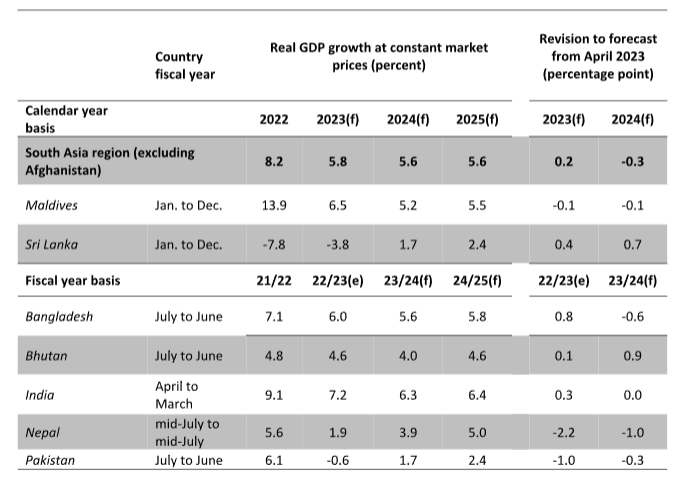
Sources: World Bank Macro Poverty Outlook and World Bank staff calculations.
Note: (e)=estimate, (f)=forecast. GDP measured in 2015 prices and market exchange rates. Pakistan is reported at factor cost. National accounts statistics for Afghanistan are not available. To estimate regional aggregates in the calendar year, fiscal year data are converted to calendar year data by taking the average of two consecutive fiscal years for Bangladesh, Bhutan, Nepal, and Pakistan, as quarterly GDP data are not available.

![$adHeader[0]['title']](https://bfisnews.com/images/bigyapan/1759825227_1100x100.gif)

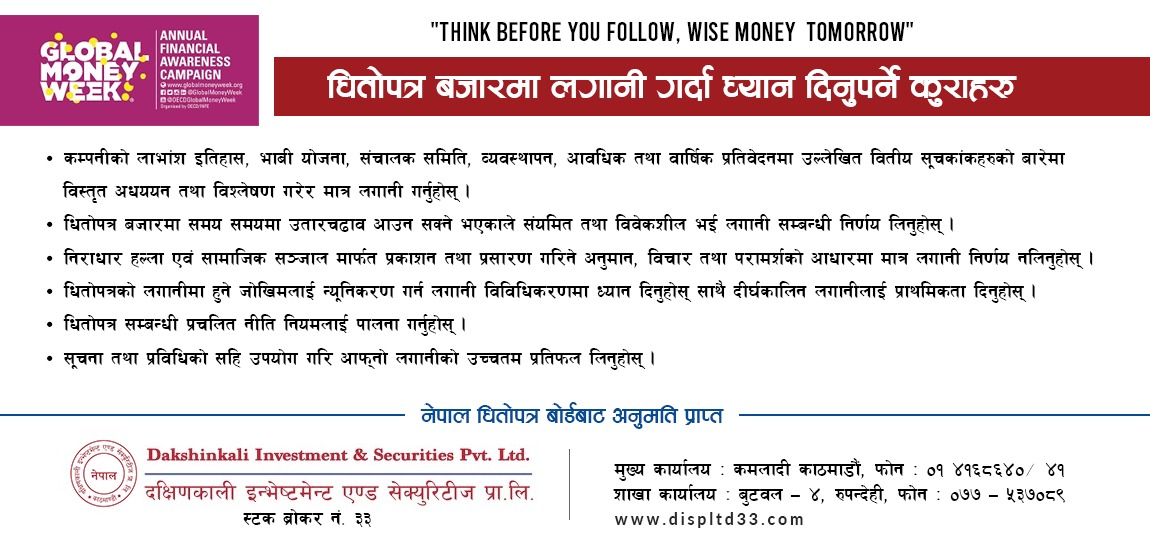








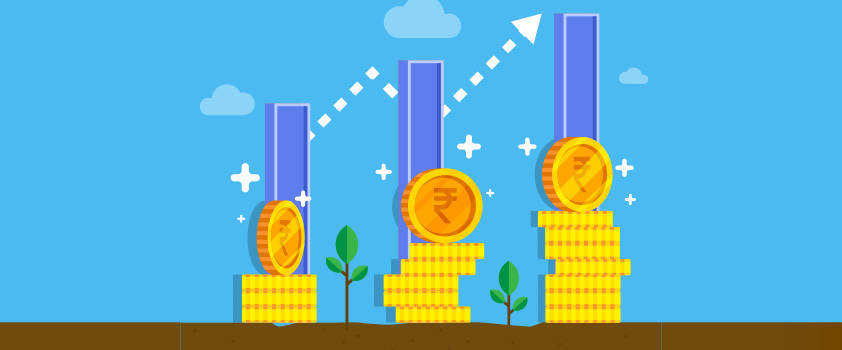

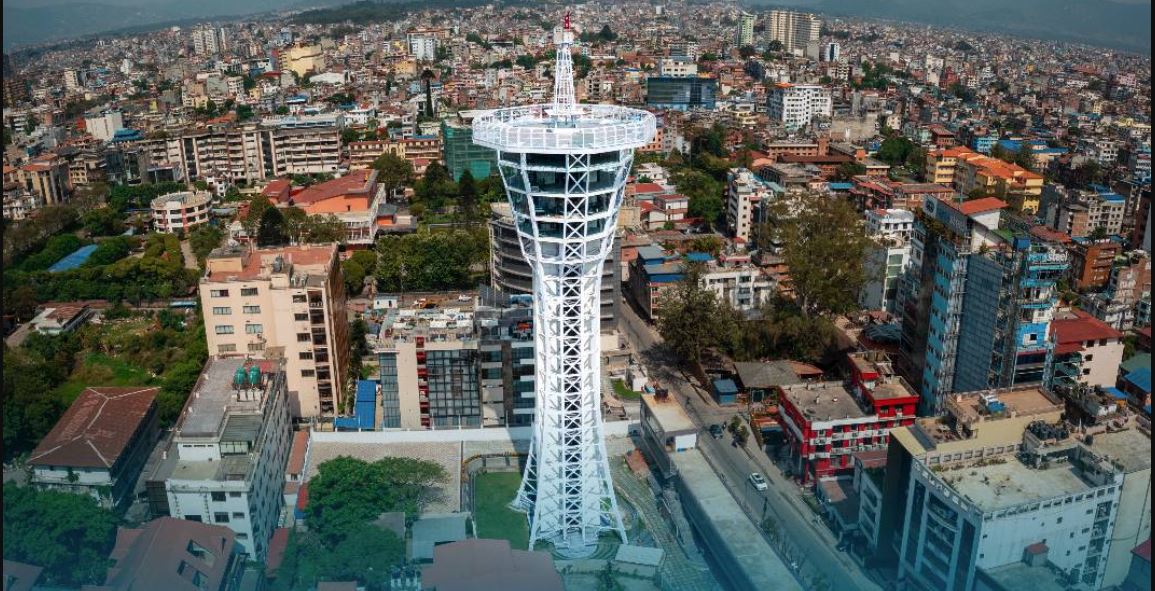


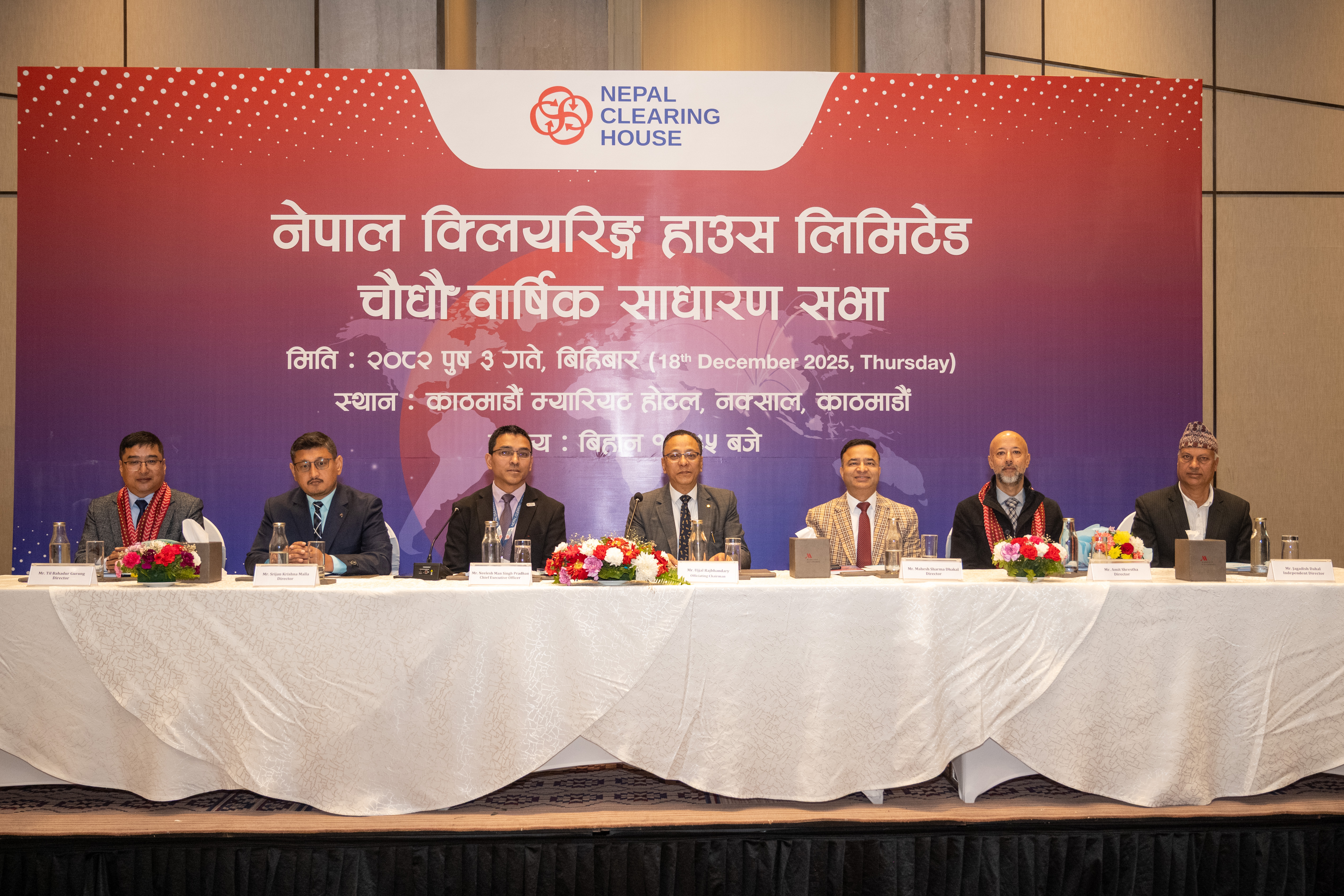

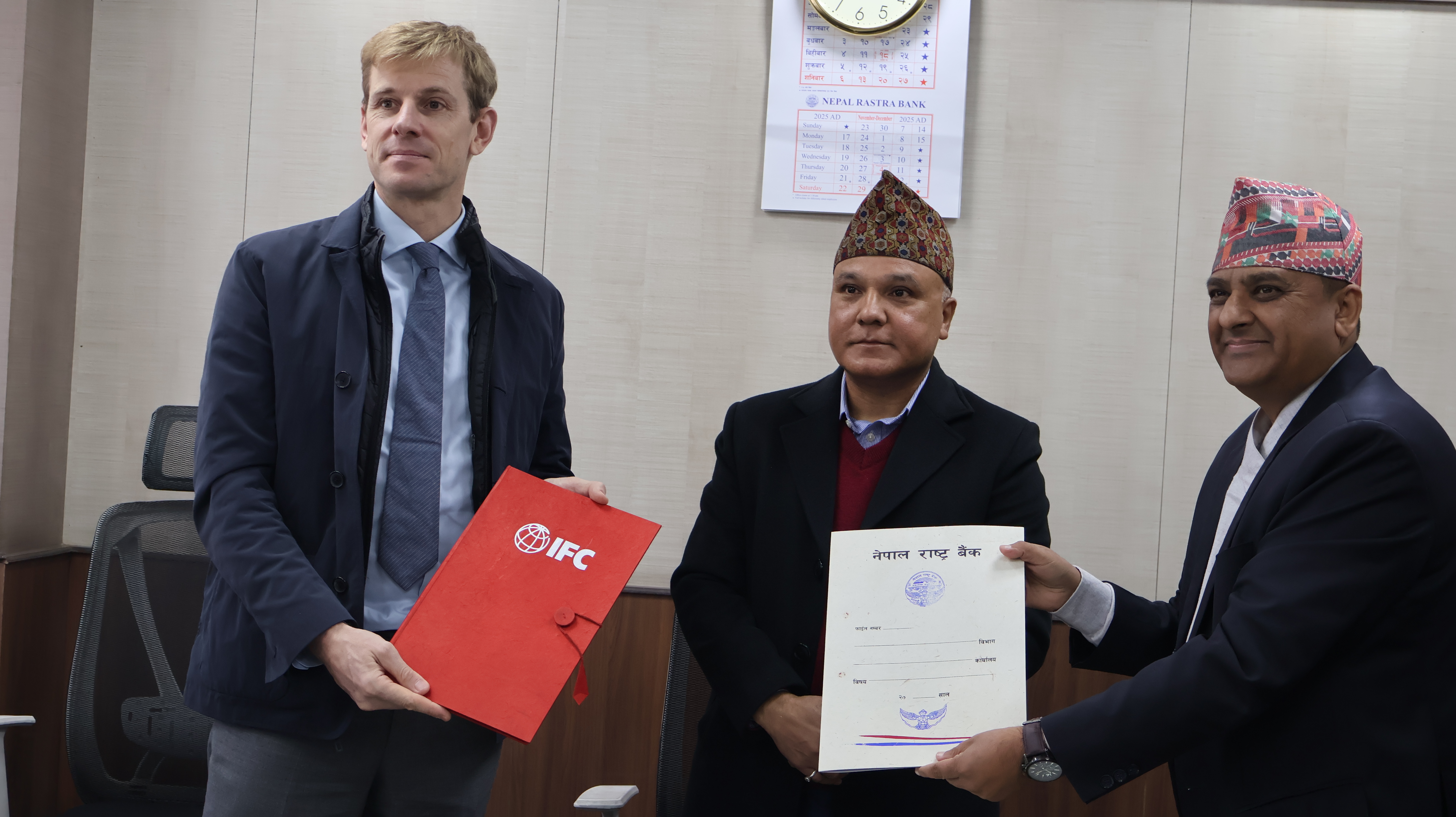

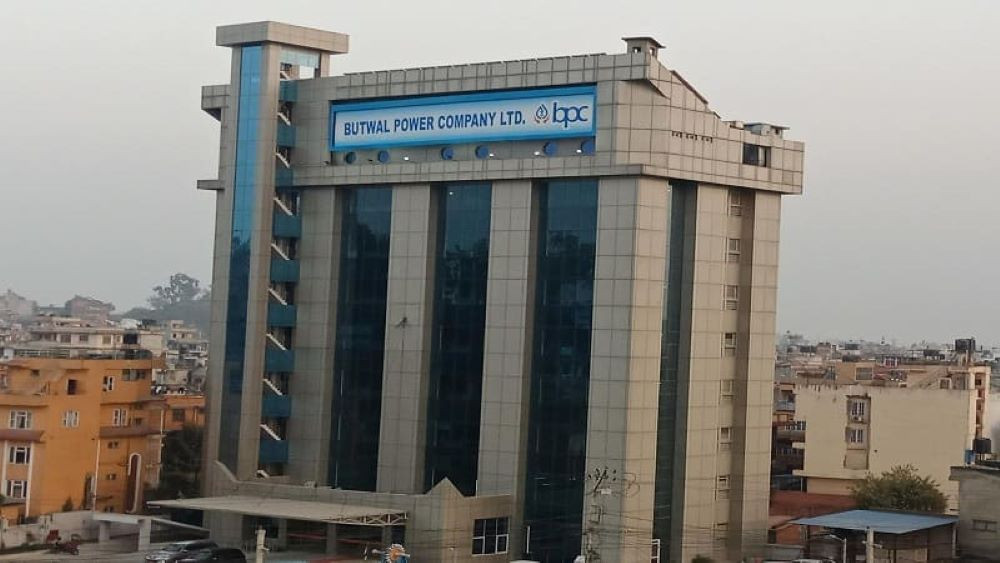






प्रतिक्रिया